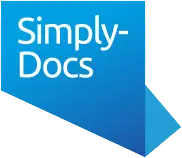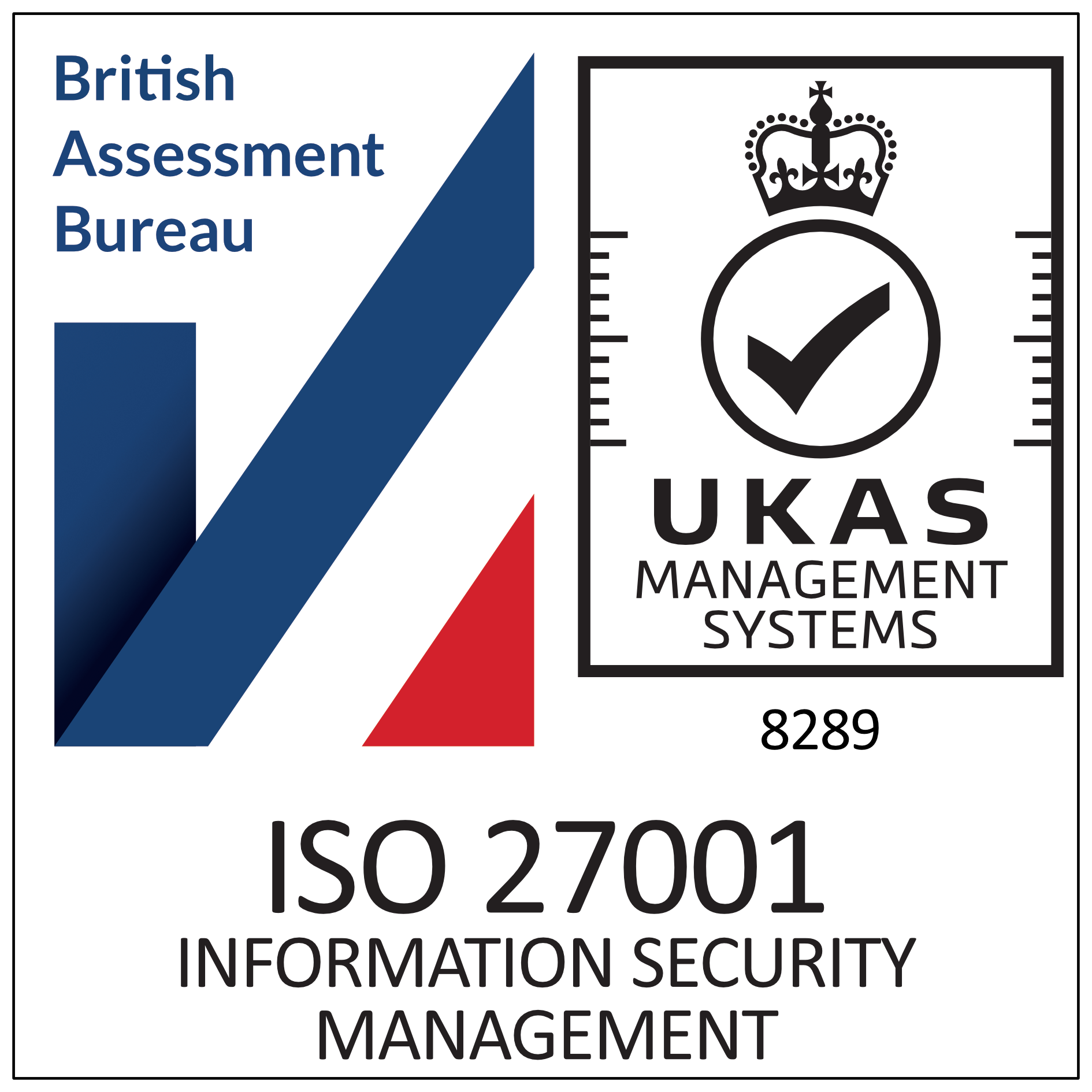Fixed Term Employment Contract with Restrictive Clauses
This Fixed Term Employment Agreement is designed to be applicable to a variety of different jobs where the employee is taken on for a defined or fixed term.
Employers must provide workers and employees with a written statement of their main terms and conditions of employment and this is often known as a Standard Form Section One Statement.
This Contract covers the requirements of a Standard Form Section One Statement. This contract complies with these requirements and must be provided to the employee or worker by day one of employment.
The Fixed Term Employment Agreement contains provisions dealing with restrictive covenants. In particular, it contains the following covenants: Non-Compete Covenant, preventing employees or ex-employees from being involved in a competitor business; Non-Solicitation Covenant preventing employees or ex-employees from soliciting business from clients/prospective clients or suppliers and Non-Poaching Covenant preventing the employee from enticing away his/her former colleagues.
Fixed term employees have the same minimum rights as permanent workers and are protected by the Fixed-Term Employees (Prevention of Less Favourable Treatment) Regulations 2002. Any clause or agreement which purports to waive rights regarding unfair dismissal or redundancy is void.
This contract includes a clause which entitles the employer to end the fixed term contract early whilst avoiding a potential claim for damages equivalent to the pay and benefits the fixed term worker would have received up to the time the contract was due to terminate.
Fixed term contracts end automatically when they reach the agreed end date. However, if the contract isn’t renewed, this is considered as a dismissal and an employee with at least two years’ service will be able (potentially) to bring an unfair dismissal claim. For the dismissal to be fair, it will need to be for one of the potentially fair reasons:
- Capability
- Misconduct
- Redundancy
- Statutory bar
- Some Other Substantial Reason (SOSR)
If the contract is not renewed because the company needs fewer employees to do work of a particular kind or, say, the company is closing down, then redundancy is likely to apply. See the Redundancy suite of documents. If the employee is replacing an employee who is absent on, say, maternity or sick leave and the dismissal is in order to allow that person to return to work, SOSR is likely to apply. See the SOSR suite of documents.
This contract contains the following clauses:
1. General
2. Duties and Job Title
3. Fixed Term
4. Date of Commencement / Date of Continuous Employment
5. Hours of Work
6. Place of Work
7. Work outside the UK
8. Remuneration and benefits
9. Collective Agreements
10. Holidays
11. Other paid leave
12. Training
13. Sickness Absence
14. Maternity and Paternity Rights
15. Pension
16. Non-Compulsory Retirement
17. Mobility
18. Grievance Procedure
19. Disciplinary Procedure
20. Staff Handbook and Employment Policies
21. Confidential Information
22. Restrictions during Employment and after Termination of Employment
23. Data Protection
24. Changes to Terms and Conditions of Employment
25. Severability
26. Governing Law
27. Right to Work in the UK
Clauses with optional and alternative phrases
Options and alternatives appear in blue font. The way in which this document is designed ensures that it will make sense with or without the optional clauses. Tailor this contract by removing all phrases and clauses which are not relevant to your business. Once you have finished, please remember to highlight the whole document and switch the font colour to black.
Once you have subscribed to the appropriate document folder click on the “Download Document” button below. You will be asked what you want to do with the file. It is recommended that you save the document to a location of your choice prior to viewing.
Fixed Term Employment Contract with Restrictive Clauses is part of Employment. Just £38.50 + VAT provides unlimited downloads from Employment for 1 year.


